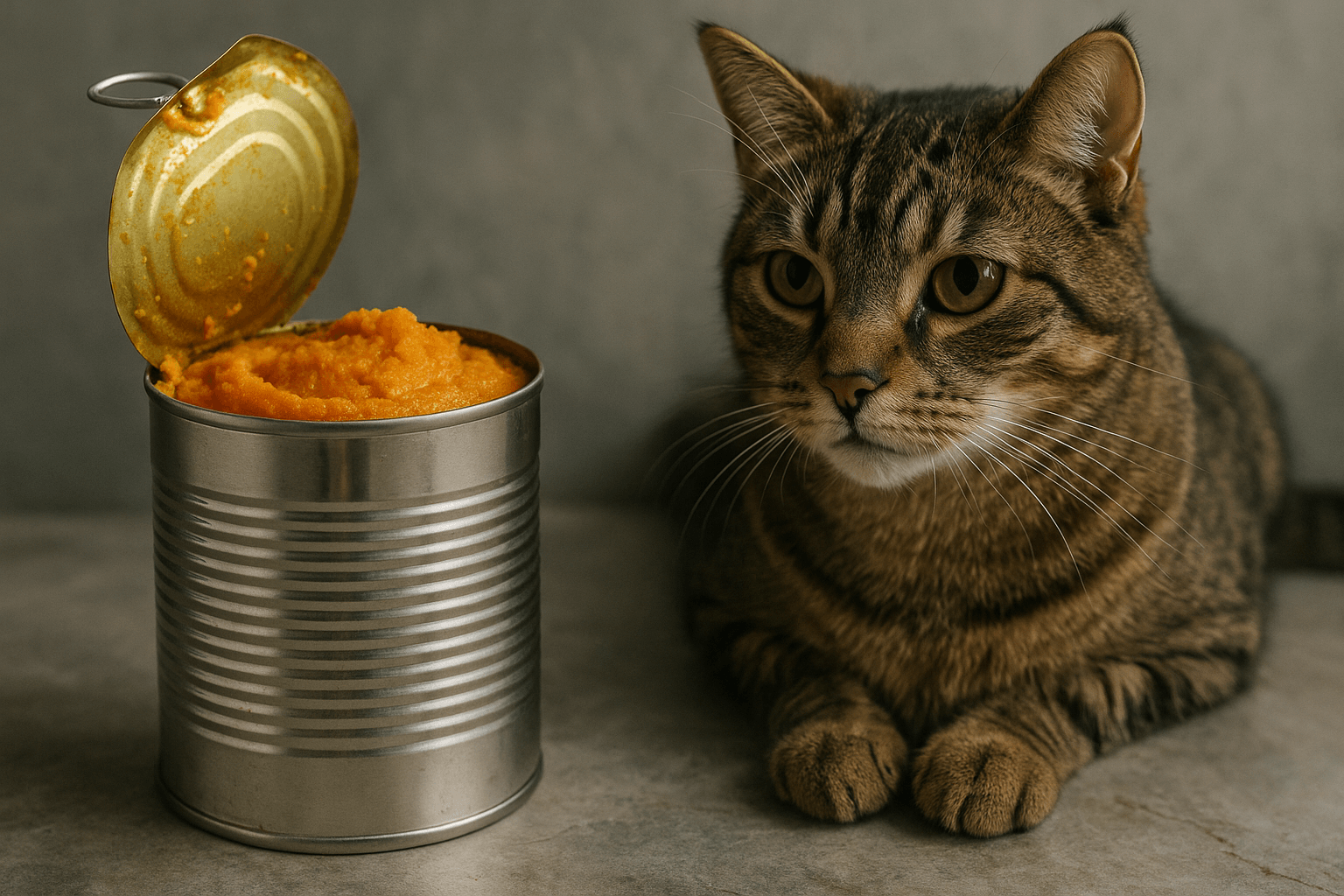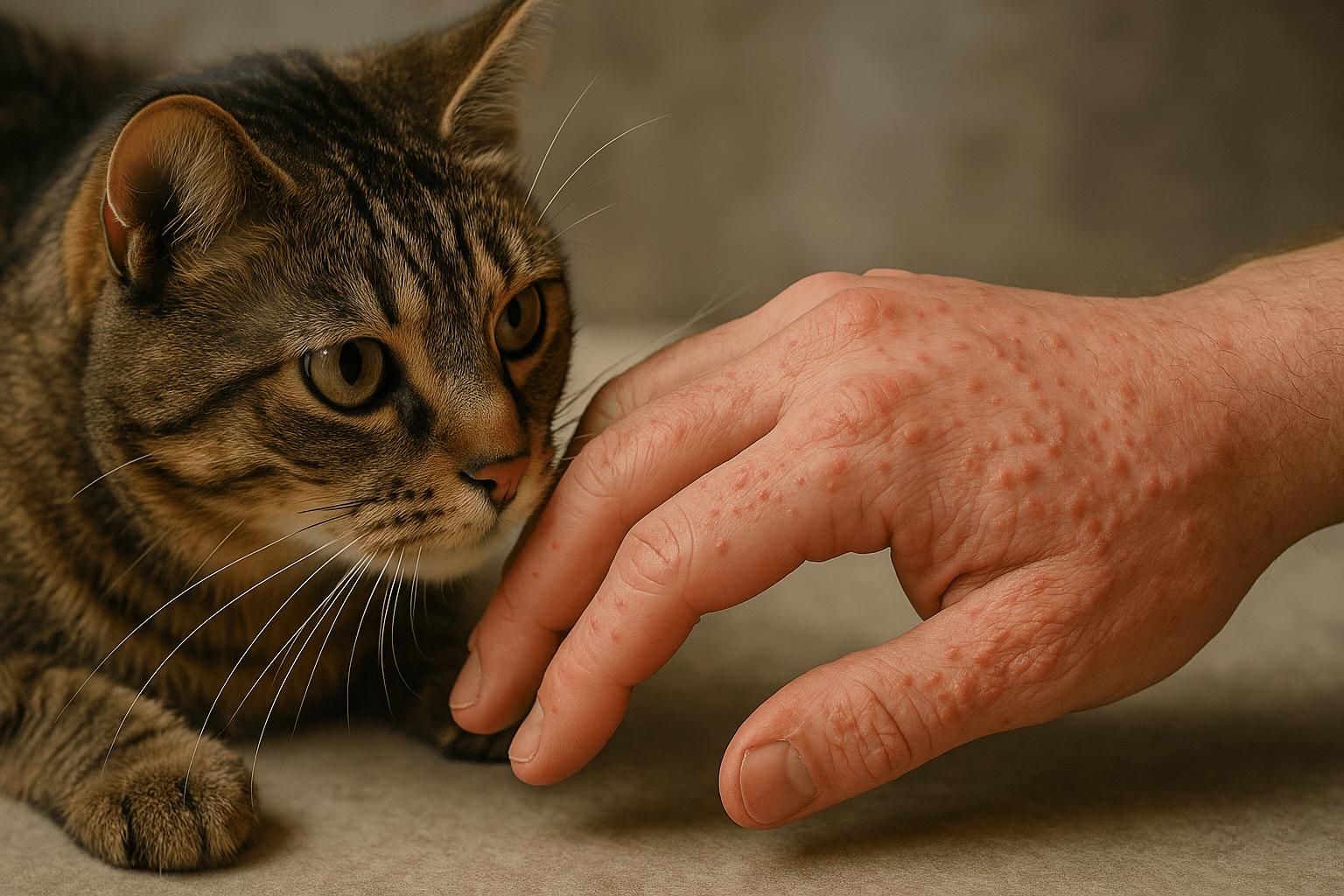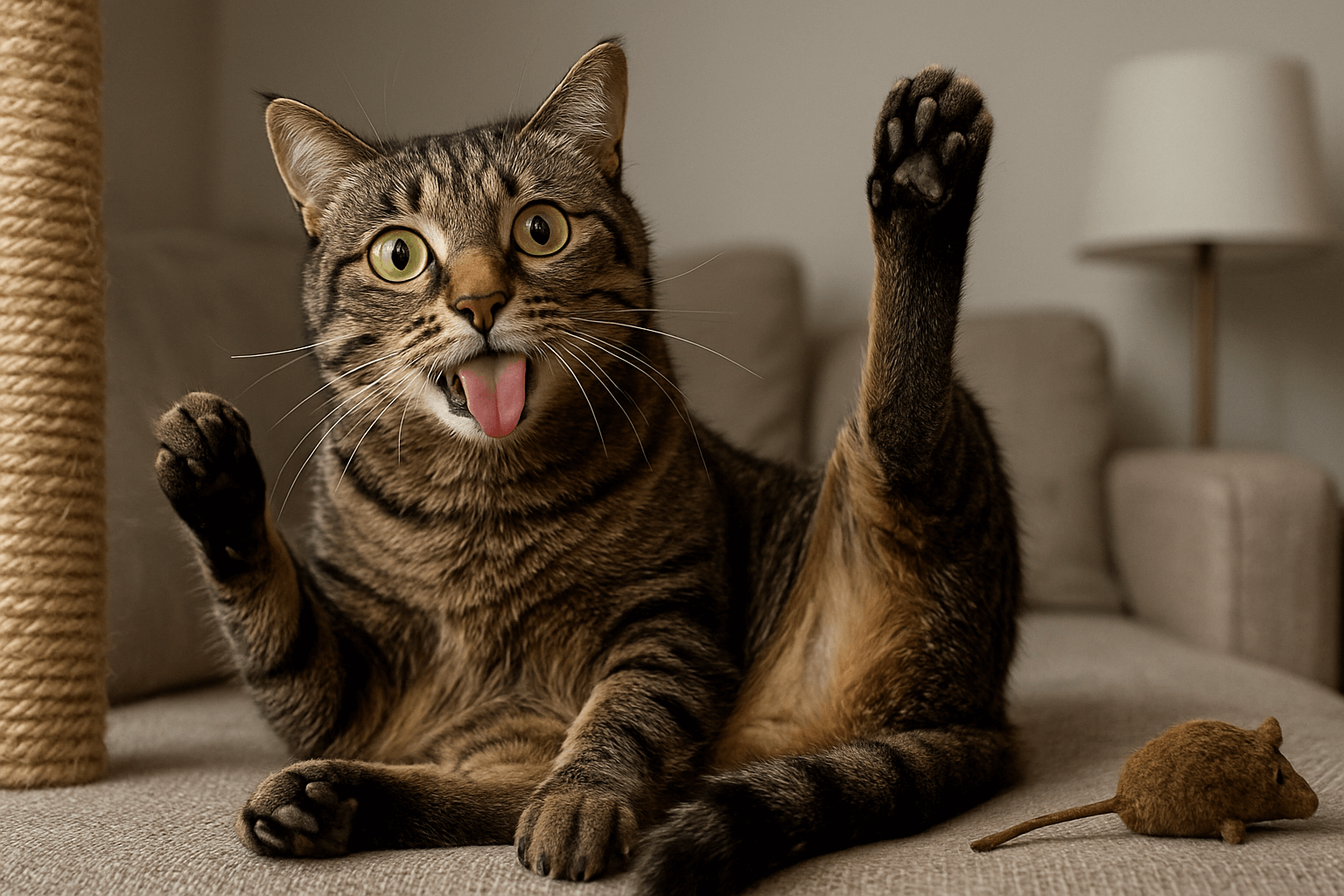Why Is Your Cat Biting Nails? Understanding This Quirky Behavior
Cats are fascinating creatures, known for their unique behaviors and mysterious ways. Among the many curious habits they exhibit, nail biting is one that often leaves pet owners scratching their heads. While it might seem odd or even concerning at first, there are several reasons why your feline friend might engage in this behavior. From natural instincts to potential health concerns, understanding why your cat bites nails can help you address the issue effectively and ensure your furry companion stays happy and healthy. Let’s dive into the world of cats and explore what drives this peculiar habit.
Common Reasons Why Cats Bite Their Nails
If you’ve noticed your cat nibbling on their claws, you’re probably wondering what could be causing this behavior. While it may appear strange, there are a few common explanations behind this habit. Below is a list of the most frequent reasons why cats bite their nails, along with some insights to help you better understand your pet’s actions.
Grooming Instincts
Cats are meticulous groomers by nature, and biting their nails is often an extension of their self-care routine. They use their teeth to clean dirt or debris from their claws.Overgrown Nails
Sometimes, a cat’s nails can grow too long, causing discomfort. Biting them might be their way of trying to trim or file down the excess length.Anxiety or Stress
Just like humans, cats can experience anxiety or stress, which may manifest in behaviors such as nail biting. It could be a coping mechanism for dealing with unsettling situations.Boredom or Lack of Stimulation
Cats need mental and physical stimulation to stay content. If they’re not getting enough playtime or enrichment, they might resort to biting their nails out of boredom.Underlying Health Issues
In some cases, nail biting could indicate a medical problem, such as an infection, injury, or skin condition affecting the paws.
Understanding the root cause of your cat’s nail-biting habit is essential for determining whether it’s a harmless quirk or something that requires veterinary attention. By observing your cat closely, you can gain valuable clues about their well-being.
How to Address Nail-Biting Behavior in Cats
Once you’ve identified possible reasons for your cat’s nail-biting tendencies, it’s time to take action. Addressing this behavior involves a combination of environmental adjustments, grooming practices, and professional guidance when necessary. Here’s how you can tackle the issue step by step.
Provide Regular Nail Trimming
Keeping your cat’s nails trimmed can prevent overgrowth and reduce the urge to bite them. Use specialized cat nail clippers and proceed gently to avoid cutting the quick (the sensitive part of the nail).Offer Scratching Alternatives
Invest in sturdy scratching posts or pads to give your cat a healthy outlet for maintaining their claws. This can redirect their focus away from biting.Increase Playtime and Mental Stimulation
Engage your cat with interactive toys, puzzles, or games to keep them entertained. A stimulated cat is less likely to develop repetitive or compulsive behaviors.Create a Calming Environment
If stress or anxiety is contributing to the behavior, make your home more relaxing for your cat. Provide cozy hiding spots, soft bedding, and calming music or scents like lavender.Consult a Veterinarian
If the behavior persists despite your efforts, schedule a vet visit to rule out underlying health issues. A professional can provide tailored advice based on your cat’s specific needs.
By implementing these strategies, you can help curb your cat’s nail-biting habit while promoting their overall well-being. Remember, patience and consistency are key!
Check this guide 👉Why Does My Cat Sleep on Me? Best 7 Behavior Tips!
Check this guide 👉Why Does My Cat Put His Butt in My Face? Best 7 Tips!
Check this guide 👉Why Do Cats Chase Their Tails? Best 7 Behavior Tips!

Preventive Measures | Signs to Watch For |
|---|---|
Regular nail trimming | Excessive licking or chewing |
Providing scratching surfaces | Swollen or red paws |
Increasing playtime and exercise | Visible wounds or bleeding |
Creating a stress-free environment | Lethargy or changes in appetite |
Scheduling routine vet check-ups | Unusual vocalizations during biting |
Tips for Maintaining Your Cat’s Paw Health
Healthy paws are crucial for your cat’s comfort and mobility. To minimize the likelihood of nail-biting behavior stemming from paw-related problems, consider incorporating these tips into your cat care routine.
Inspect Paws Regularly
Check your cat’s paws frequently for signs of injury, swelling, or foreign objects lodged between the toes. Early detection can prevent complications.Clean Paws After Outdoor Adventures
If your cat spends time outdoors, wipe their paws with a damp cloth to remove dirt, chemicals, or allergens that could irritate their skin.Use Soft Bedding
Provide cushioned sleeping areas to protect your cat’s paws from rough surfaces that could cause discomfort or injury.Monitor for Allergies
Some cats develop allergies that affect their paws, leading to itching or irritation. Look out for excessive licking or redness and consult a vet if needed.Encourage Natural Claw Maintenance
Ensure your cat has access to materials like sisal or cardboard scratchers to naturally wear down their claws without resorting to biting.
Taking proactive steps to maintain your cat’s paw health can go a long way in preventing unwanted behaviors like nail biting. A little extra care can make a big difference!
Fun Activities to Keep Your Cat Engaged
One effective way to discourage nail biting is by keeping your cat mentally and physically engaged. Interactive activities not only entertain your feline but also strengthen your bond with them. Try incorporating these ideas into your daily routine.
Interactive Toys
Toys that dispense treats or require problem-solving skills can keep your cat occupied for hours. Look for options like puzzle feeders or motion-activated gadgets.Laser Pointers
A laser pointer is a classic favorite among cats. The unpredictable movements mimic prey, encouraging your cat to chase and pounce.Window Perches
Install a window perch where your cat can observe birds, squirrels, or passing cars. This provides endless entertainment and satisfies their curiosity.Catnip-Filled Toys
Catnip toys are a great way to spark excitement and energy in your cat. Rotate different types to keep things fresh and engaging.Training Sessions
Teach your cat simple tricks using positive reinforcement. Not only does this stimulate their mind, but it also builds trust and strengthens your relationship.
By introducing these activities, you’ll create a fulfilling environment for your cat, reducing the chances of them turning to nail biting out of boredom.
Signs Your Cat’s Nail Biting May Be a Problem
While occasional nail biting is usually harmless, certain signs can indicate that the behavior has become problematic. Being aware of these red flags allows you to intervene early and prevent potential complications. Here are some warning signs to watch for:
Frequent or Obsessive Biting
If your cat spends an unusual amount of time biting their nails, it could signal discomfort or stress. Excessive focus on their paws may disrupt their daily activities.Visible Damage to Paws
Look for signs of raw skin, bleeding, or broken nails. These symptoms suggest that the biting has gone beyond normal grooming.Changes in Behavior
A normally active cat becoming withdrawn, or a calm cat acting restless, might indicate underlying issues related to their nail-biting habit.Odor from Paws
An unpleasant smell emanating from your cat’s paws could point to an infection or irritation caused by excessive biting.Licking Alongside Biting
If your cat combines nail biting with excessive licking, it may be trying to soothe pain or discomfort in the area.
If you notice any of these signs, it’s important to consult a veterinarian promptly. Early intervention can prevent minor issues from escalating into serious health problems.
Benefits of Addressing Nail-Biting Behavior
Taking steps to address your cat’s nail-biting habit can have numerous positive effects on their overall well-being. Beyond stopping the behavior itself, these efforts contribute to a happier and healthier life for your feline companion. Here are some key benefits:
Improved Paw Health
By addressing the root cause of nail biting, you reduce the risk of infections, injuries, or chronic paw issues that could affect your cat’s mobility.Reduced Stress Levels
Identifying and eliminating sources of anxiety helps your cat feel more secure and content in their environment.Enhanced Bond Between You and Your Cat
Spending time grooming, playing, or consulting professionals together strengthens the trust and connection you share with your pet.Prevention of Compulsive Behaviors
Intervening early can stop nail biting from developing into a compulsive habit that’s harder to manage later on.Better Quality of Life
A cat free from discomfort or distress is more likely to engage in playful, exploratory behaviors, leading to a richer and more fulfilling existence.
Addressing nail-biting behavior isn’t just about stopping an action—it’s about creating a foundation for your cat’s long-term happiness and health.
Common Misconceptions About Cats and Nail Biting
There are several myths surrounding why cats bite their nails, which can sometimes lead to confusion or mismanagement of the issue. Clearing up these misconceptions ensures you take the right approach to help your furry friend. Below are some common misunderstandings:
“It’s Always Just Grooming”
While grooming is a primary reason, not all nail biting falls under this category. Ignoring other potential causes can delay necessary treatment.“Cats Don’t Get Stressed”
Contrary to popular belief, cats experience stress just like humans do, and nail biting can often be a coping mechanism.“Overgrown Nails Aren’t a Big Deal”
Untended overgrown nails can cause significant discomfort and even lead to infections or injuries if left unchecked.“Only Indoor Cats Bite Their Nails”
Both indoor and outdoor cats can exhibit this behavior, though the triggers might differ based on their lifestyle.“It Will Go Away on Its Own”
Without intervention, problematic nail biting may worsen over time rather than resolve itself.
Understanding the truth behind these misconceptions empowers you to make informed decisions about your cat’s care. Knowledge is the first step toward fostering a supportive and nurturing environment for your pet.
FAQ
Is it normal for cats to bite their nails?
Yes, occasional nail biting is usually normal and related to grooming. However, excessive or obsessive behavior should be monitored.
Can nail biting indicate pain in cats?
Yes, persistent nail biting might signal pain, injury, or an infection. Consult a vet if you notice any abnormalities.
How often should I trim my cat’s nails?
Aim to trim your cat’s nails every 2-3 weeks, depending on how quickly they grow.
What toys are best for preventing boredom?
Puzzle feeders, laser pointers, and interactive toys work wonders for keeping cats entertained.
Should I be concerned if my cat suddenly starts biting their nails?
Sudden changes in behavior warrant attention. It’s wise to consult a vet to rule out underlying issues.
Final Thoughts: Supporting Your Cat’s Well-Being
Understanding why your cat bites their nails opens the door to better communication and care. Whether it’s a harmless grooming habit or a sign of something more serious, being attentive to your cat’s needs ensures they lead a happy, healthy life. By providing regular grooming, enriching their environment, and seeking professional advice when needed, you can address this quirky behavior effectively. Remember, every cat is unique, so tailor your approach to suit their personality and preferences. With love, patience, and a bit of detective work, you’ll have your feline friend thriving in no time!
Canned Pumpkin for Cat Diarrhea: Best 7 Expert Tips! Natural remedy to firm stools, soothe upset bellies, and support gut health safely.
Can a Cat Give You Scabies? Best 7 Expert Tips! Discover the truth about feline mites, human skin risks, and how to protect yourself—without panic.
Cat Flea vs Human Flea: Best 7 Expert Tips! Discover the truth about bites, species, and how to eliminate infestations for good.
Weird Cat Behaviors: Best 7 Expert Tips! Discover why cats do strange things—and how to understand, not punish, their instincts for a happier home.





